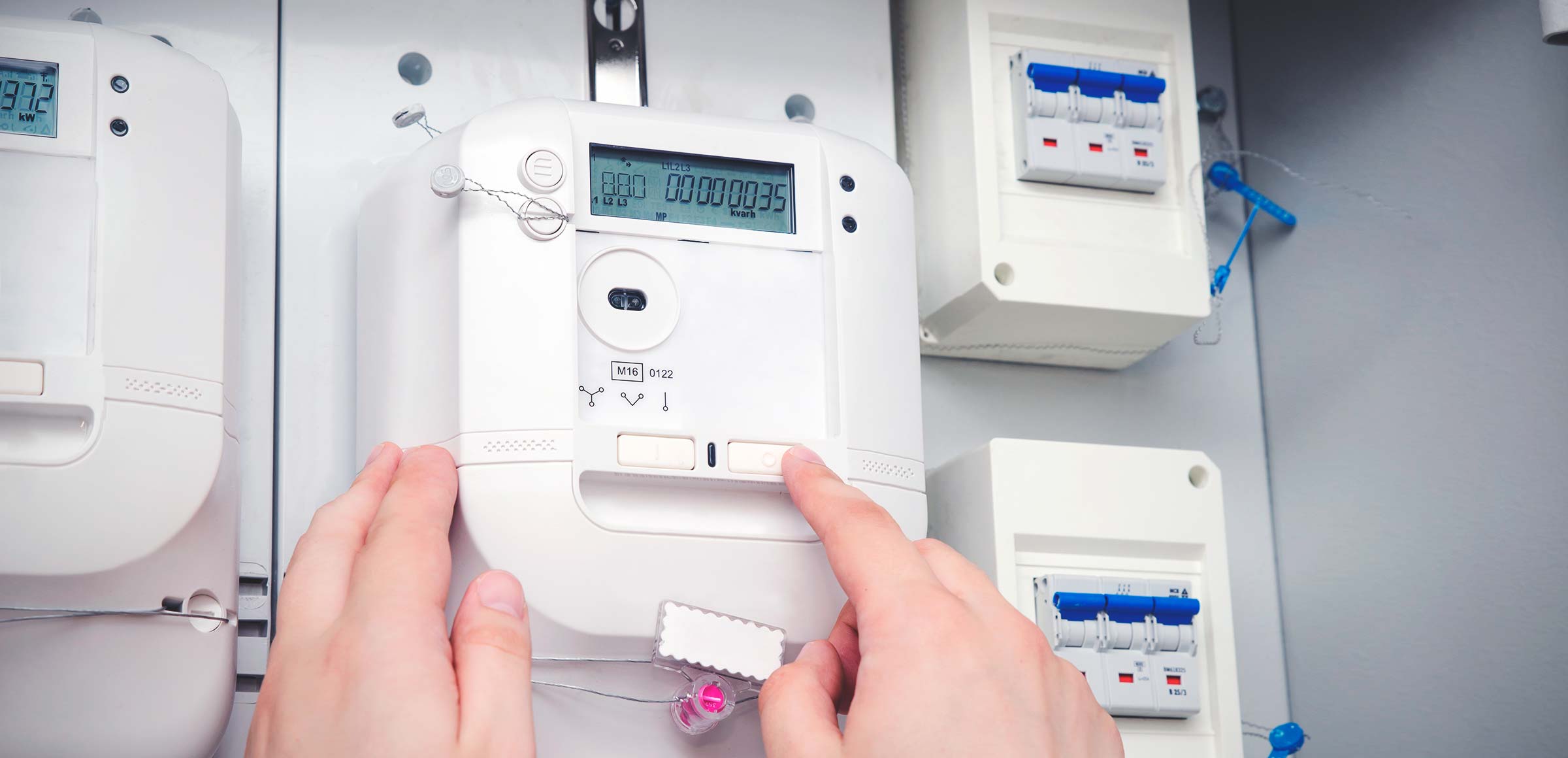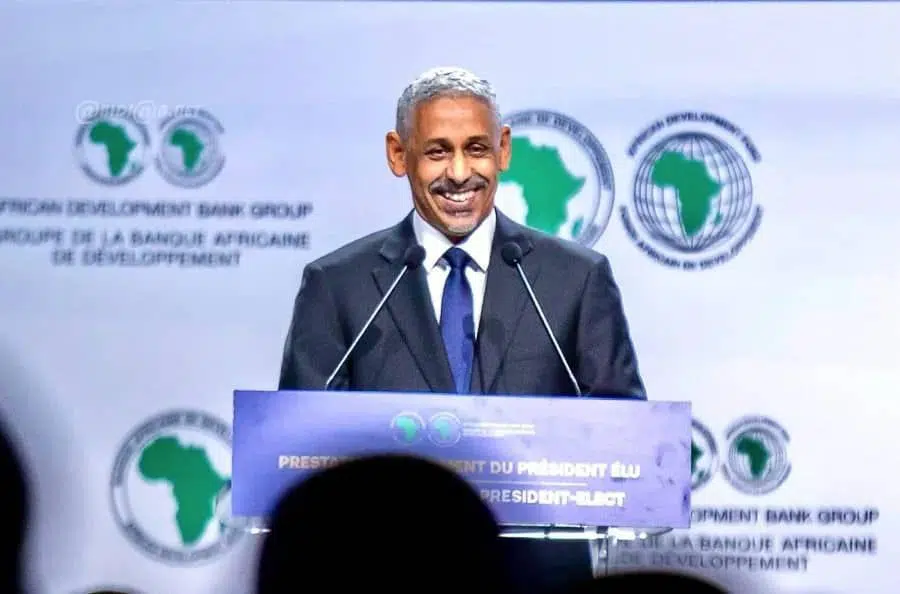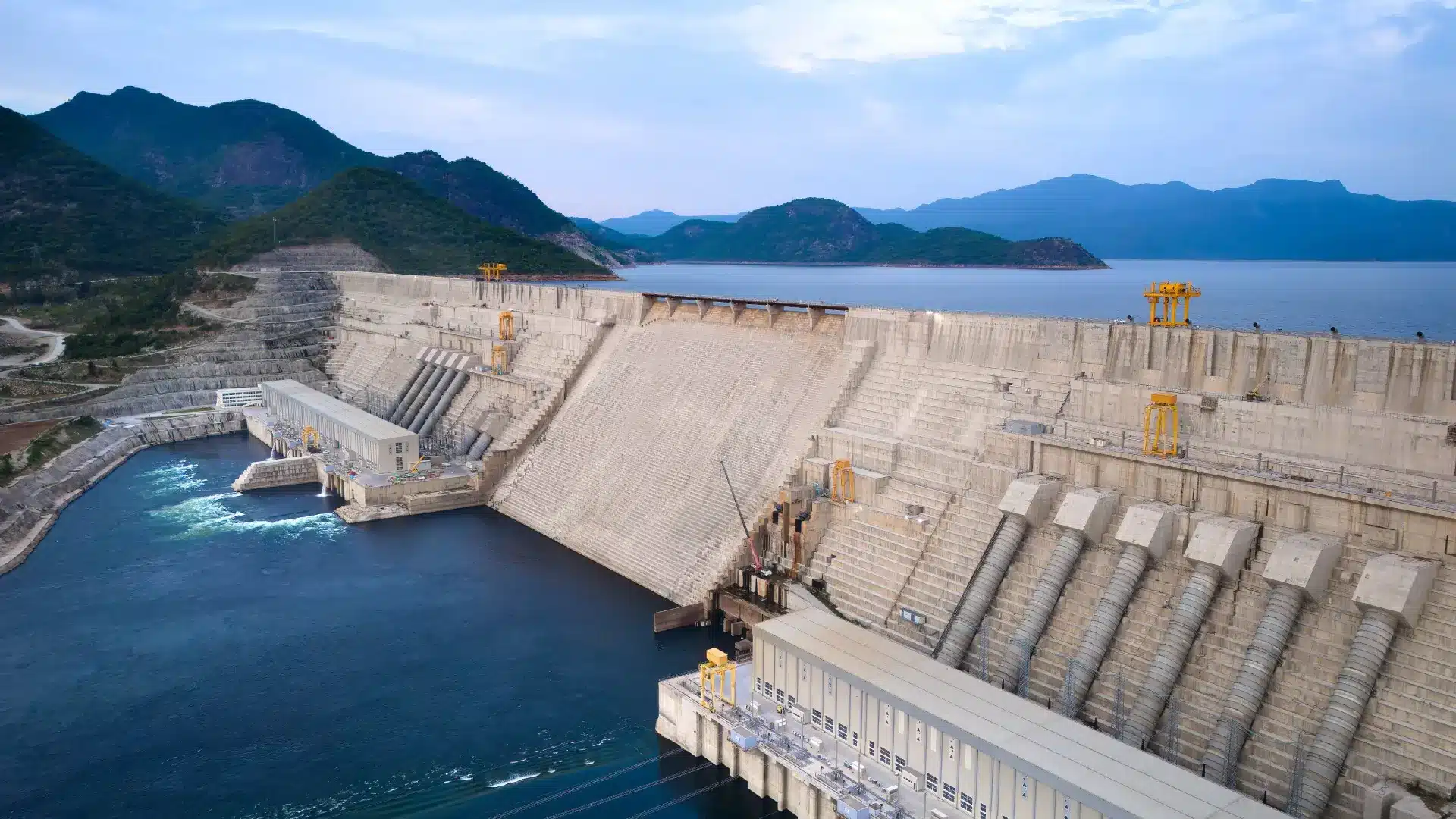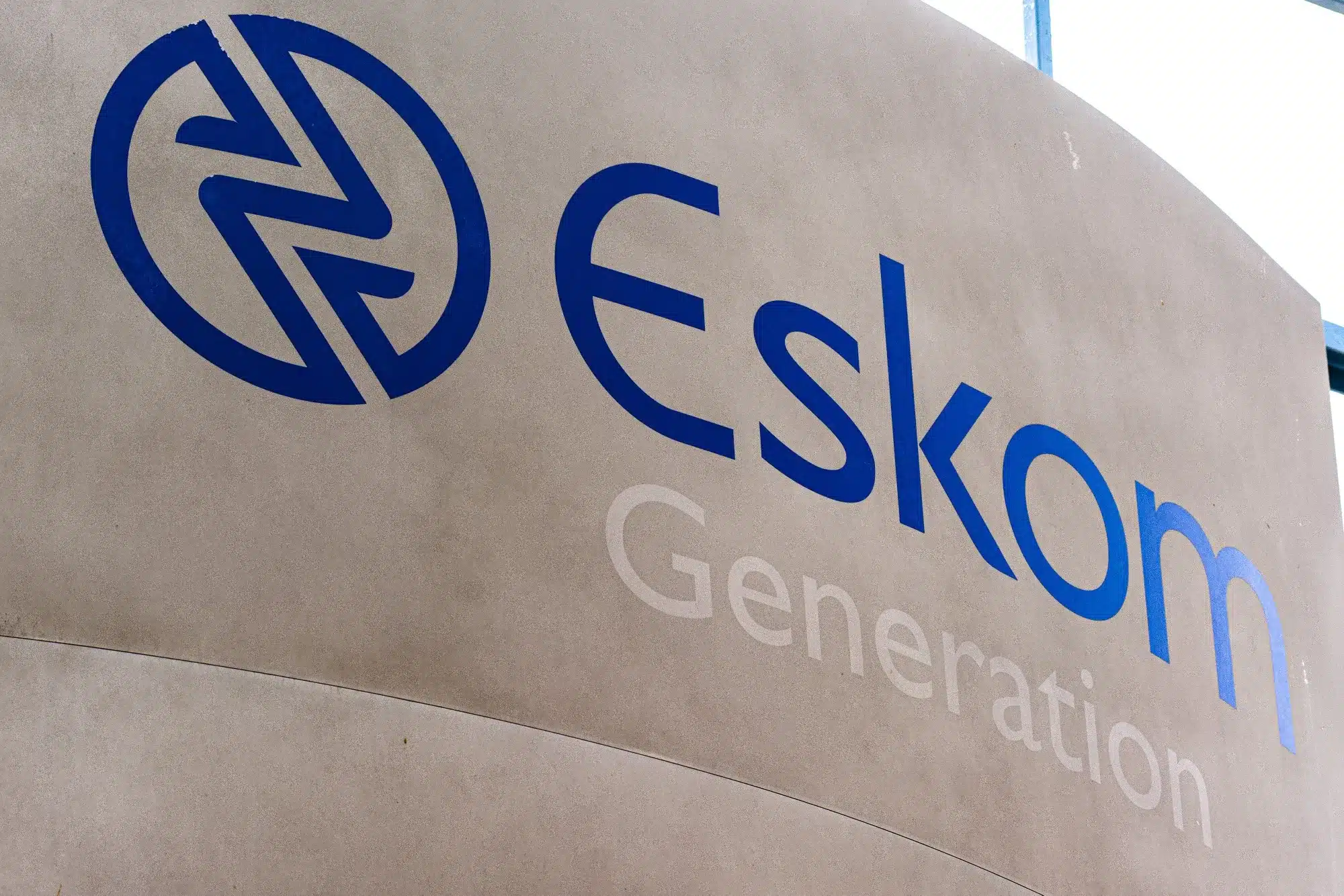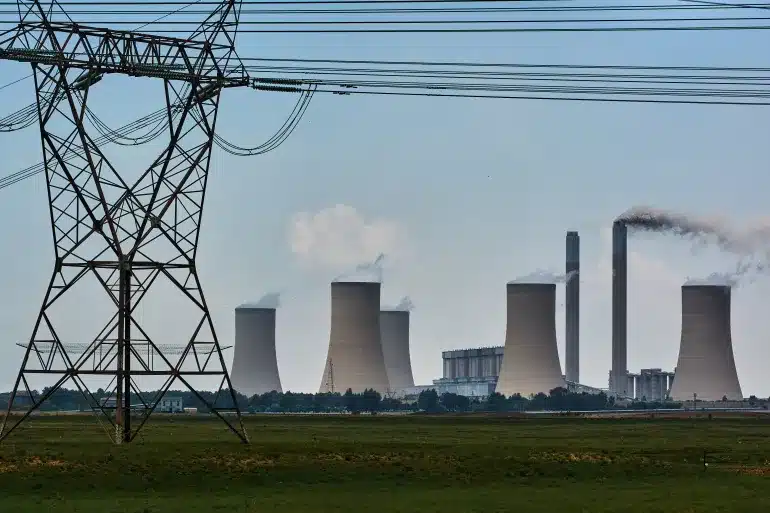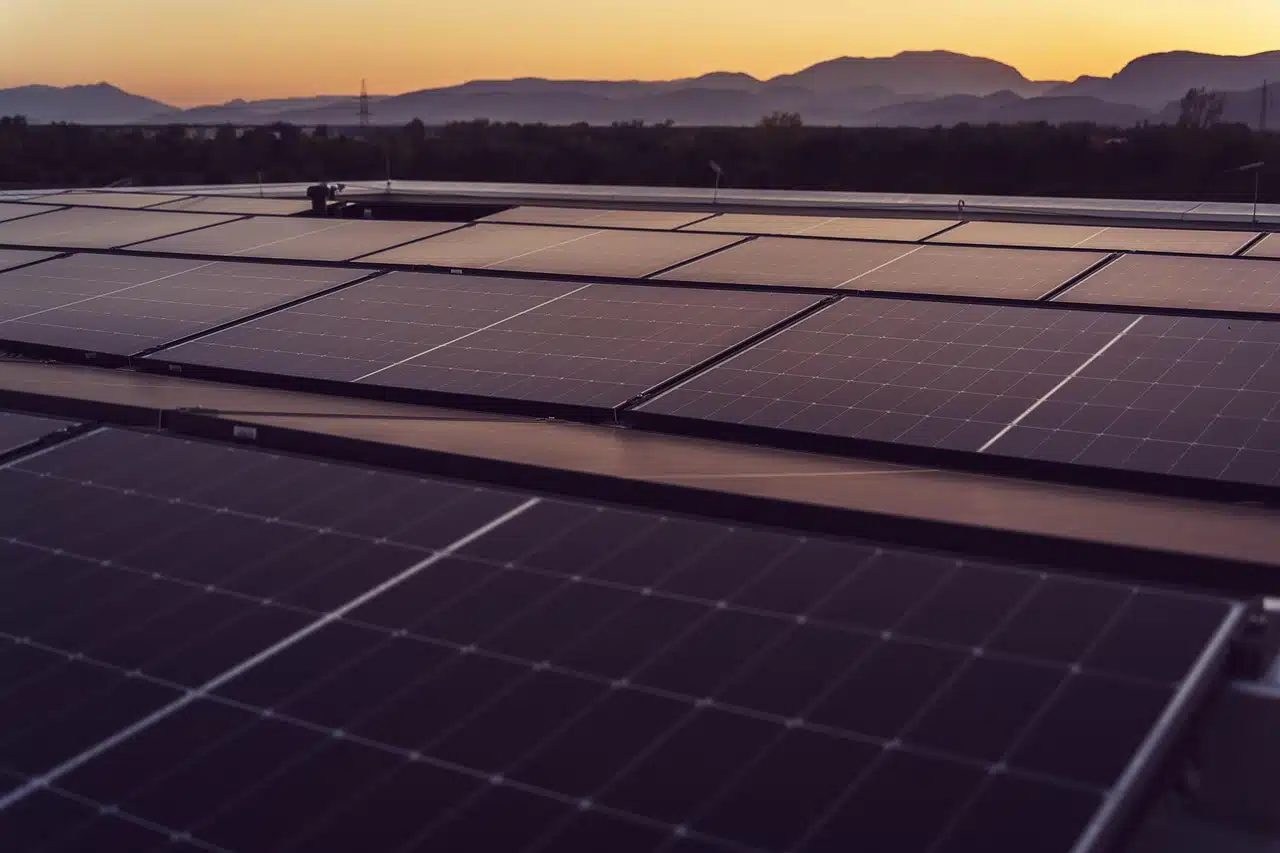Nigeria’s electricity meter installations rose to 225,631 units in the second quarter of 2025, showing a 20.55% increase from the 187,161 meters installed in the first quarter, according to the Nigerian Electricity Regulatory Commission (NERC).
The data, contained in NERC’s 2025 Second Quarter Report, shows that the ongoing efforts to close Nigeria’s metering gap and enhance transparency in electricity billing across the country.
During the quarter, the Meter Asset Provider (MAP) scheme accounted for the largest share of installations, with 147,823 meters, representing 65.52% of the total.
The Meter Acquisition Fund (MAF) scheme followed with 65,315 meters, while 12,259 meters were installed under the Vendor Financed model.
Only 234 meters came from the DisCo Financed framework.
As of June 2025, only 6,422,933 out of 11,821,194 active registered customers in the Nigerian Electricity Supply Industry (NESI) had prepaid meters — a metering rate of 54.33%.
This means nearly half of electricity users remain on estimated billing, a challenge that continues to fuel consumer dissatisfaction and billing disputes.
NERC said the increase in installations under the MAP and MAF frameworks demonstrates stronger collaboration between the regulator, electricity Distribution Companies (DisCos), and private meter providers.
The Commission added that it will continue to monitor DisCos’ metering performance to ensure all customers are accurately billed for electricity consumed.
NERC deregulates meter pricing
In April 2024, the Commission deregulated the pricing of meters deployed under the MAP Scheme, allowing vendors to set market-driven prices.
This directive ended earlier price controls under the Meter Asset Provider and National Mass Metering Regulations.
Before the deregulation, NERC had in September 2023 approved new regulated prices — ₦81,795.16 for single-phase and ₦143,836.10 for three-phase meters.
With the new policy, prices will now be determined by competitive market dynamics, a move aimed at increasing private sector participation and improving meter availability across Nigeria.
Meter expansion plan
Meanwhile, the Federal Government had earlier announced plans to receive the first batch of 3.2 million electricity meters as part of efforts to bridge the country’s metering gap.
According to the Minister of Power, Adebayo Adelabu, the initial 75,000 meters under the International Competitive Bid 1 (ICB1) were expected in April 2025, followed by 200,000 units in May.
The meters are being procured under the Distribution Sector Recovery Programme (DISREP), which targets the delivery of 3.2 million meters by 2026 through multiple funding models.
Adelabu noted that the government remains committed to ensuring every electricity consumer in Nigeria is metered to reduce losses and enhance revenue collection.
Why this matters
Closing Nigeria’s metering gap is critical for improving revenue assurance, reducing customer complaints, and strengthening liquidity in the power market.
For millions of unmetered customers, it also means fairer billing and greater confidence in the electricity payment system.
While reforms like the Service-Based Tariff (SBT) introduced in 2020 were meant to ensure cost-reflective pricing, millions of consumers without meters remain in the dark about their actual consumption.
Bridging the metering challenge remains one of the most urgent tasks for Nigeria’s electricity sector to achieve sustainable growth.

